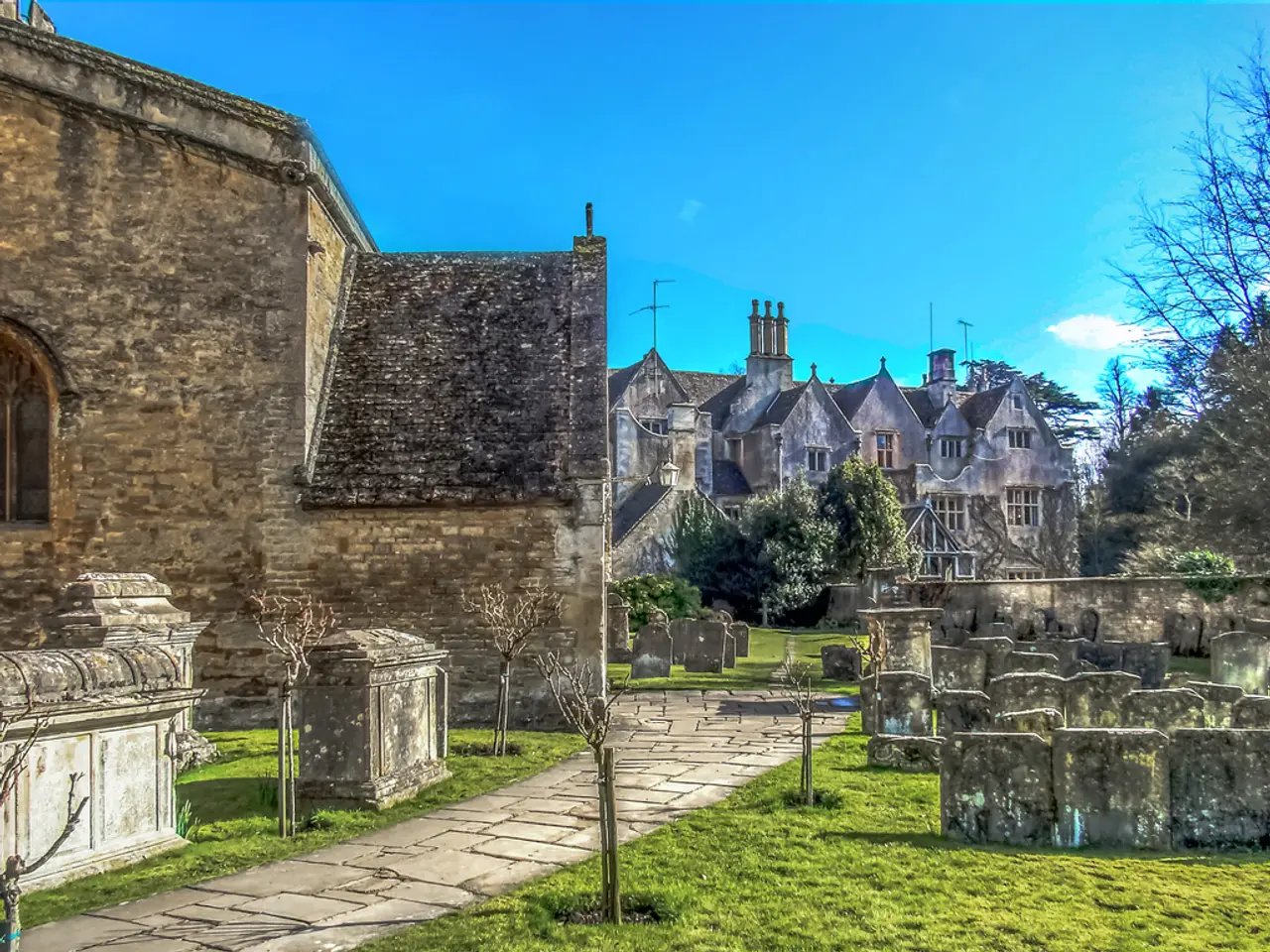Haunting Remnants of Olden Times Meet New Hope for Tomorrow
In the quaint island of Île Verte, nestled within the St. Lawrence River, stand a dozen weathered structures that bear witness to a rich history of fishing and cultural heritage. These structures, known locally as boucaneries, or smokehouses, have played an essential role in preserving fish caught by the island's once-thriving fishing community.
Fishing techniques on Île Verte were closely tied to the river’s natural resources and seasonal patterns. A significant part of the island's economy and daily life from the 1920s to the early 2000s, the fascine fishing method was a crucial aspect of this community. Each family on the island had their own fascine fishing setup, a trap made of branches and posts, where the catch was trapped at low tide in a natural basin.
The smokehouses, tall, windowless wooden structures housing smoldering fires on the ground, were used to cure and store fish through smoking, a method that allowed fishermen to extend the shelf life of their catch before modern refrigeration. The smoke from the fires was channeled to preserve the fish for long periods.
Gilbert Delage, president of the Society for the Preservation of Île Verte, played a pivotal role in advocating for the restoration of these historic structures. Convincing the municipality, MRC, and Ministry of Culture to launch a restoration program, Delage believes that restored smokehouses can still speak and it's up to us to give them a voice.
Preservation efforts for the boucaneries have become important due to their cultural and historical significance, especially as the island's accessibility has changed—ferries replacing the former ice roads, affected by climate change. Restoration projects aim to maintain these characteristic smokehouses not only as functional heritage structures but also to reinterpret them in contemporary contexts, preserving their legacy while adapting to modern environmental and community needs.
Architect Pascal Létourneau conducted an inventory of the smokehouses, highlighting their patrimonial value, including their verticality, open fireplace, system of racks, and control of humidity. The size and height of the smokehouses allow for the possibility of adding mezzanines for various uses, making them versatile structures that can accommodate modern needs while retaining their historical character.
Contemporary reinterpretations of the smokehouses seek to honor these structures by integrating adaptive reuse or heritage conservation principles for future generations. Atelier Pierre Thibault launched the Boucaneries project, a contemporary reinterpretation of smokehouses designed with residents, presented at the 2025 Venice Architecture Biennale. The future of smokehouses, according to Thibault, lies in their reinvention, with the best preserved being those that have found a new use, such as greenhouses, cultural spaces, artists' residences, or smokehouses restarting artisanal production.
The Boucaneries project includes ephemeral installations inspired by smokehouses, some of which have been adopted by the inhabitants. Several smokehouses have been restored due to owners investing in their preservation. One restored smokehouse was moved near the museum, retaining its original features.
Preserving the smokehouses is important for conserving an architectural language rooted in the history and community of the Verdoyants. Smokehouses carry a memory and remind us that insularity imposes a creativity and resilience unlike any other. Pierre Thibault insists that every restored smokehouse is 25 years gained on oblivion and sees it as a formidable educational tool. The smokehouses on Île Verte, a testament to a time-honoured tradition, continue to stand as a symbol of the island's resilient spirit and cultural heritage.
- Preservation efforts on Île Verte extend beyond the historical smokehouses, European tourists are drawn to the island's unique French lifestyle, with its quaint fishing villages, picturesque streets, and fashion-and-beauty boutiques.
- After a long day of exploring the island's rich food-and-drink scene, visitors often retire to their charming homes-and-garden accommodations, some of which are historic smokehouses transformed into vacation rentals, offering a glimpse into the island's past.
- To fully experience Île Verte, adventuresome travelers shouldn't miss the opportunity to rent a classic car and tour the island's scenic roads, passing by lush gardens, quaint villages, and even a few remnants of the old fascine fishing traps.




